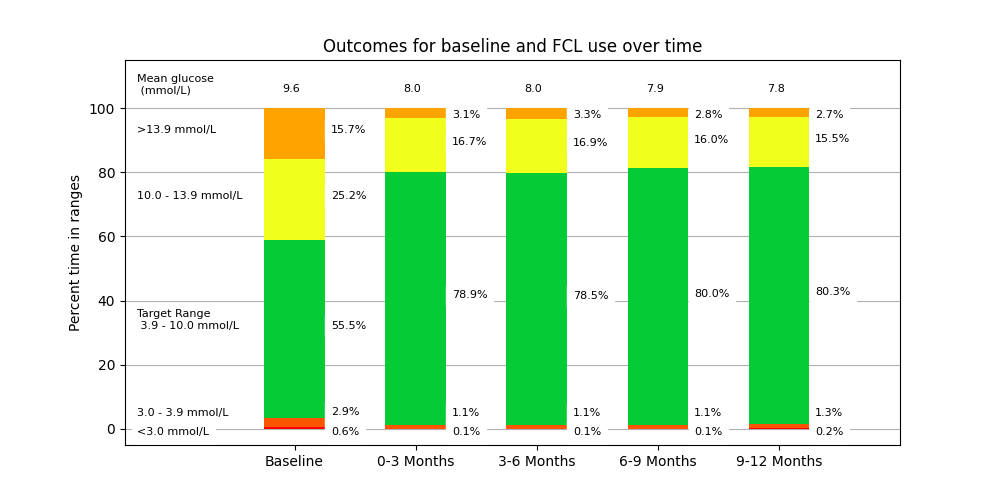Diabetes, one of the most underestimated diseases in the world. In the Netherlands, there are about 1.2 million people with diabetes, of whom about 10% are affected by type 1. Type 1 diabetes, a second-day job without ever having a break. Pricking, measuring, eating… all day long. Thoughts like: can I exercise? Can I eat this now? When should I inject insulin? From hypo to hyper and back again.
World Diabetes Day
On 14th of November, we reflect internationally on the impact and effects of diabetes. World Diabetes Day was created to draw greater understanding and attention to the disease. 14th of November is the birthday of one of the discoverers of insulin, namely Frederick Banting. With the invention of this drug, diabetes is no longer a deadly disease. Although insulin is a globally accepted drug that decreases the blood glucose, it was not enough for Robin Koops. Integrating glucagon and insulin into a pump system created the Inreda AP®, a bi-hormonal artificial pancreas that requires no input from the user.
A sneak peak of the first study results
We spent one year collecting data in a study and the first results will soon be published. But today we will give you a little sneak peek!
82 people participated in the study and their blood glucose results greatly improved. After a year of using the Inreda AP®, the average time in range (3.9 and 10.0 mmol/L) increased to 80.3% (green colour in Figure 1). In addition, the time below range (hypo) and above range (hyper) and the average blood glucose level decreased substantially.
In addition to these achieved results, the reduction in stress experienced by a person with diabetes was examined as well. People using the Inreda AP® do not need to announce meals or exercise, only the maintenance of the device is necessary. Through various questionnaires, an improvement has been observed about mental well-being experienced by a person.
Soon we hope to share more results with you through a publication!

Source: 59th EASD Annual Meeting of the European Association for the Study of Diabetes. (2023). Diabetologia, 66(S1), 1–536. doi.org/10.1007/s00125-023-05969-6
